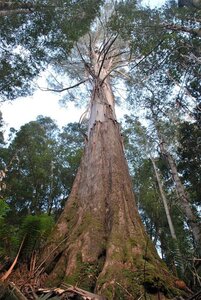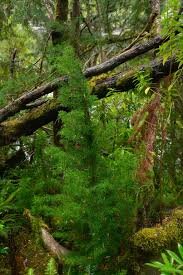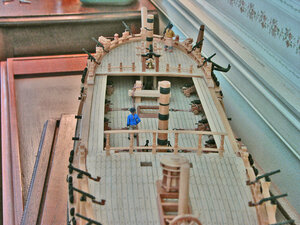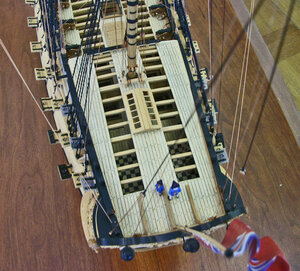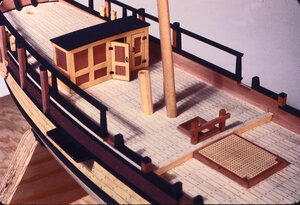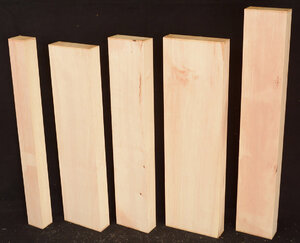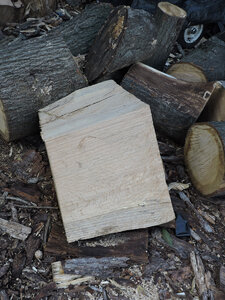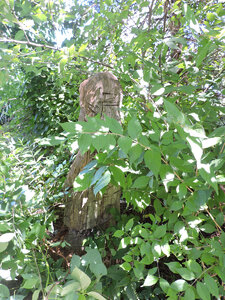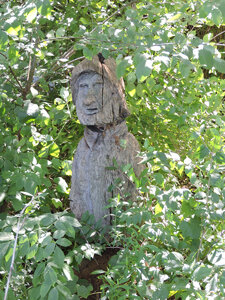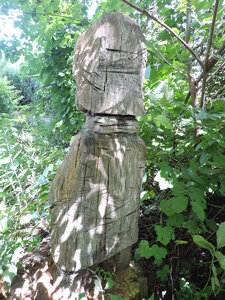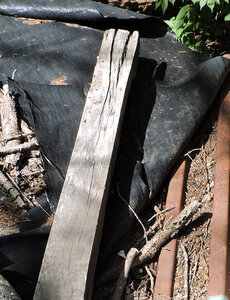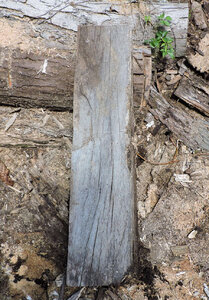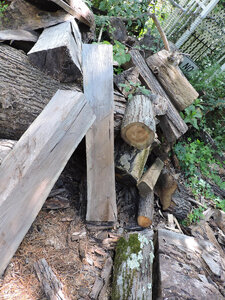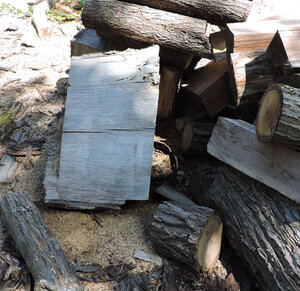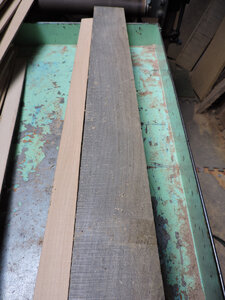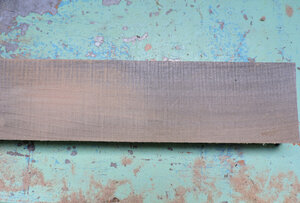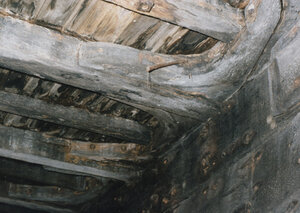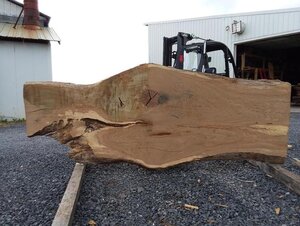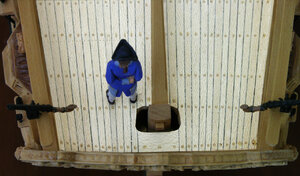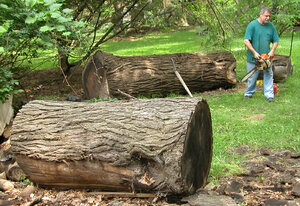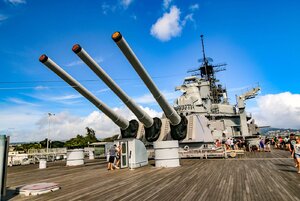The reason for white decks is to provide artistic contrast against the darker colored furniture, railings, and hull planks... It is a "style"...
It is beautiful... It is painting with wood. It was never intended to be "historical".....
Take a look at the deck of my 17th Century Battle Station based on Jeff Staudt plans. Deck planks in white maple!!!!
It look great!!! It allows the seams and treenails to contrast.
It is artistic!!!
Regards,
Mike
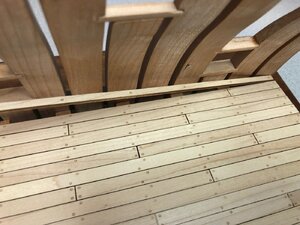
yes so lets get artistic and paint with wood nice subtle shades of gray by the way
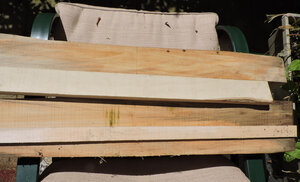
what we are looking at is tulp poplar the wide white is Holly and the thin white is Maple
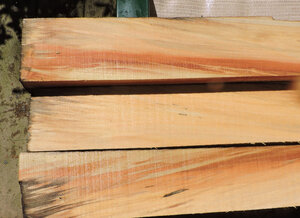
this wood is serached out by wood turners and carvers because it can have beautiful streaks of color
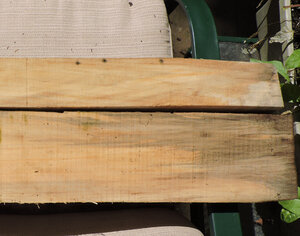
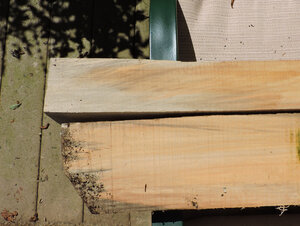
what it also has are shades from almost white to gray and mellow yellow
so lets go out in the wild log yard
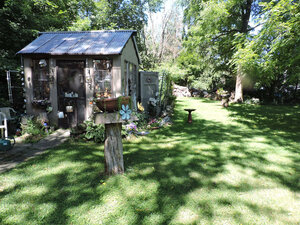
first through Evs formal gardens down the pathway and out to the wild
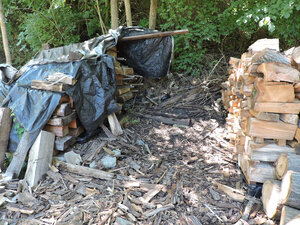
a pile
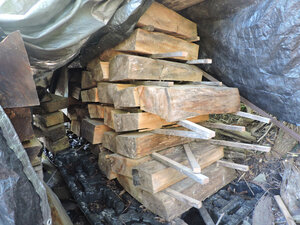
under the tarp are big chunks of tulip poplar you can see the red flame pattern in the first chunk
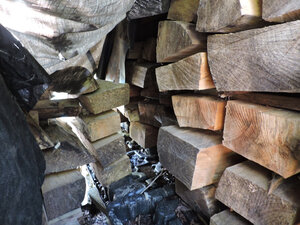
deep inside that chunk to the right has flames of yellows and reds
a one of a kind natural weathered planks hand picked for color humm?
note: i leave decks unfinished because they will mellow out in color and get a patina in time.







